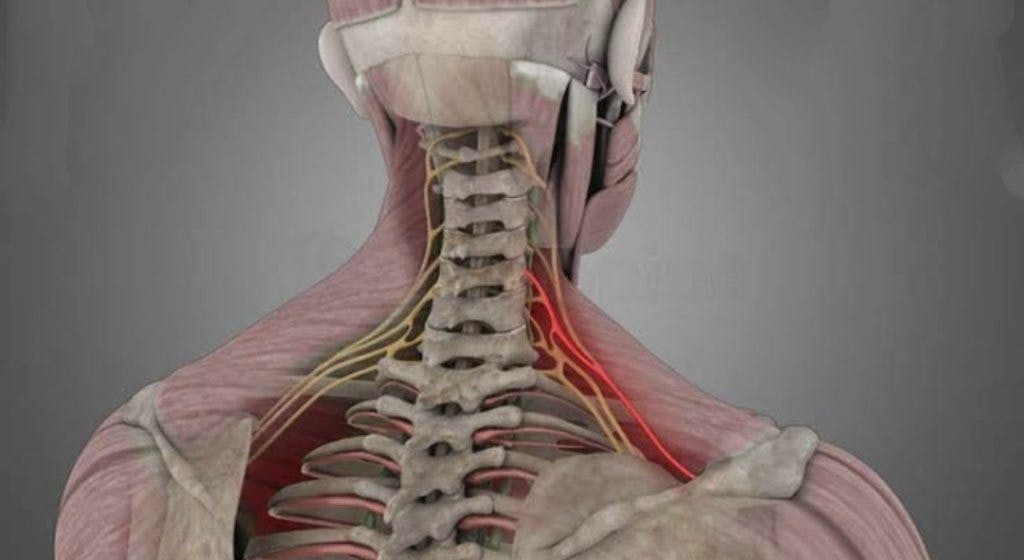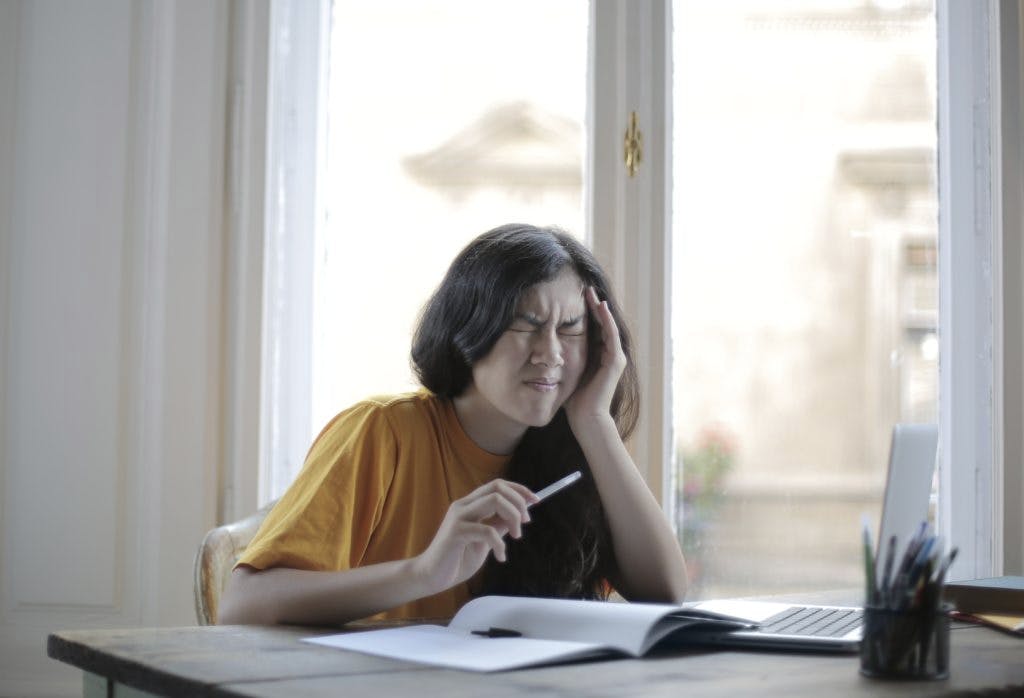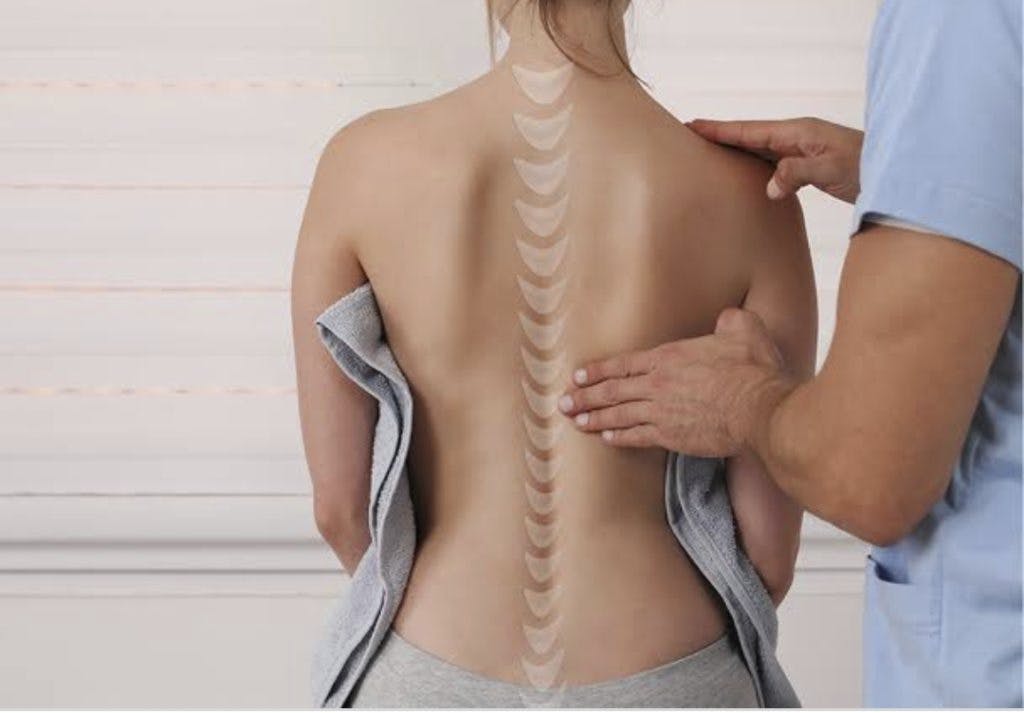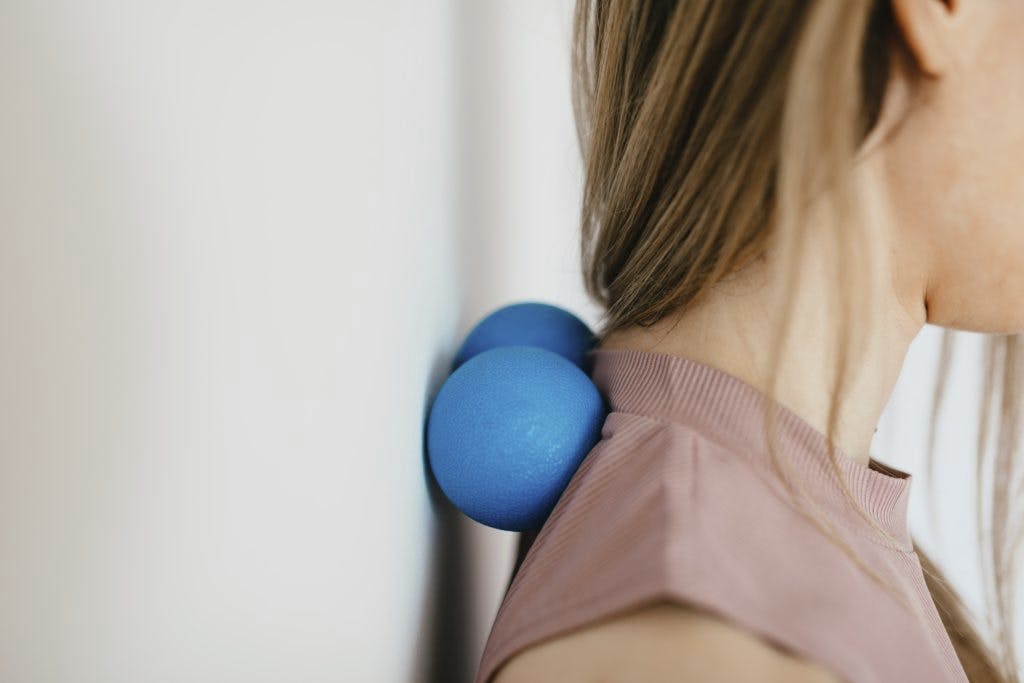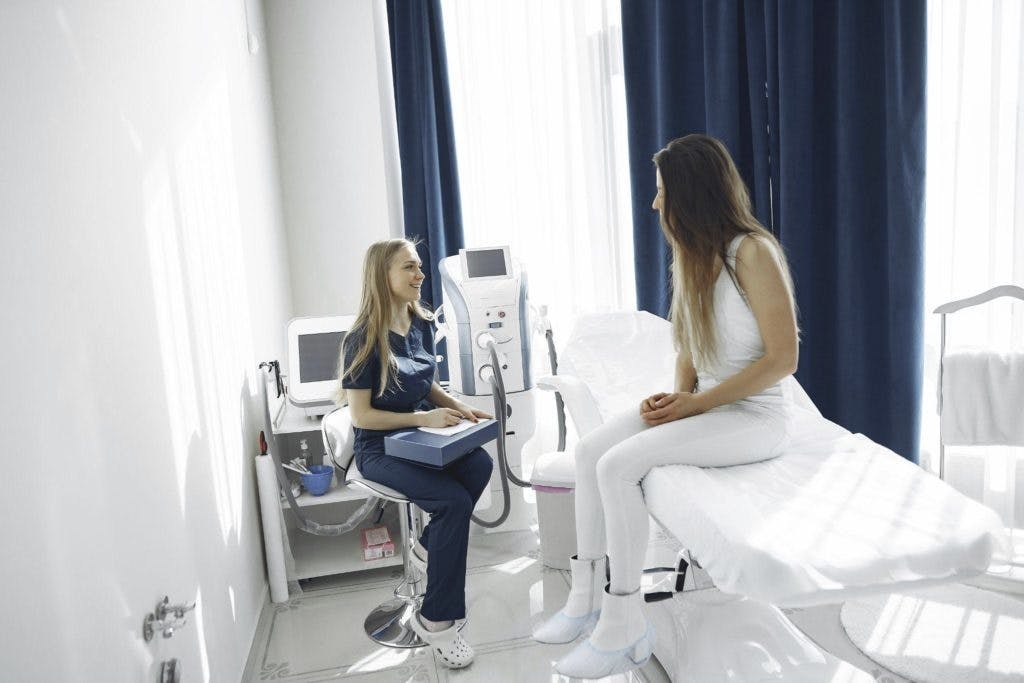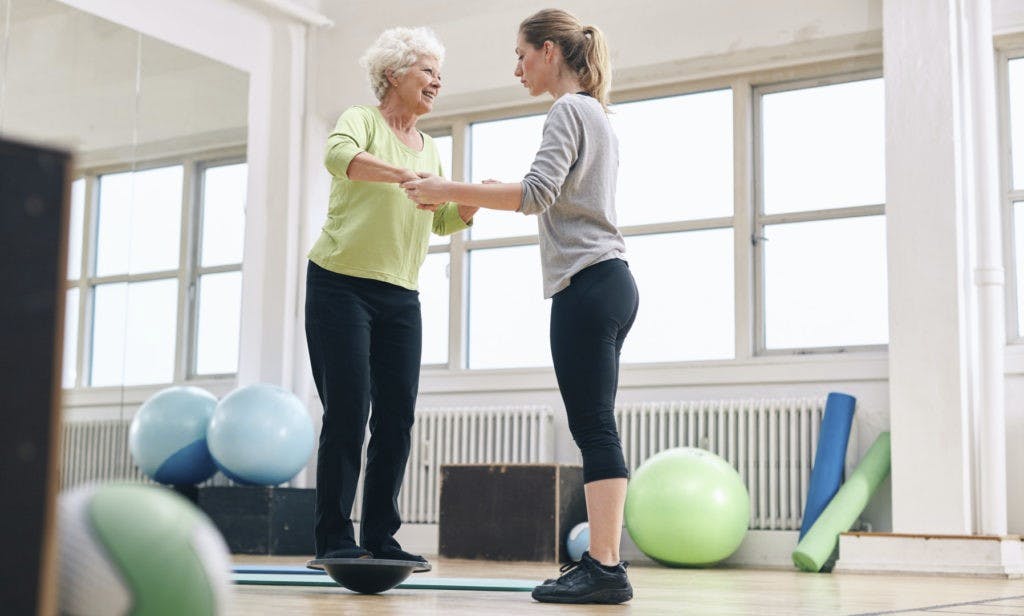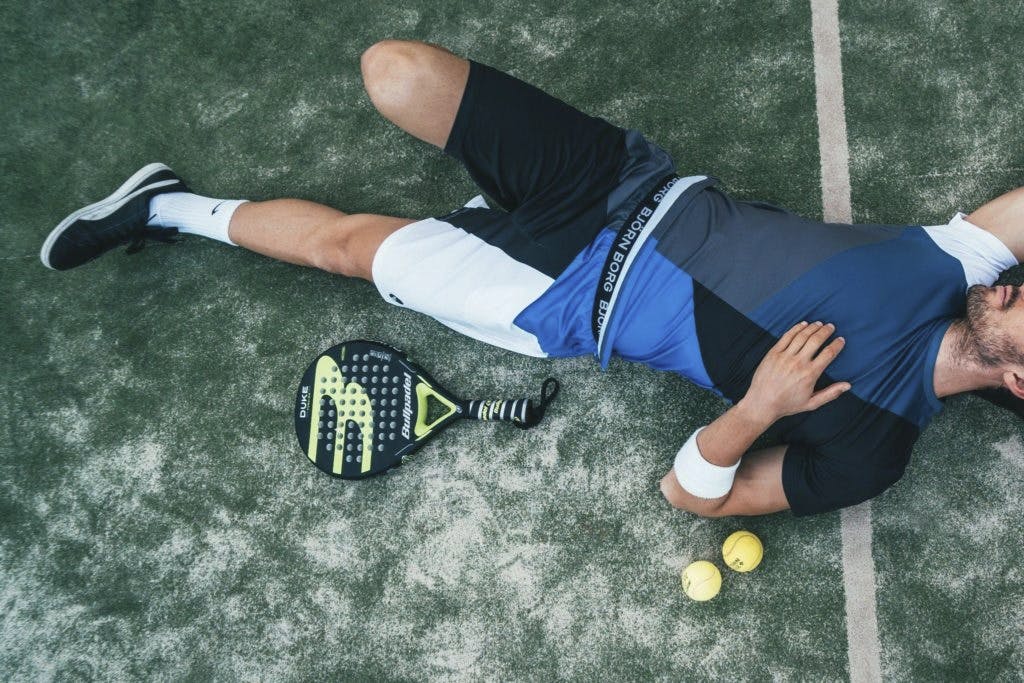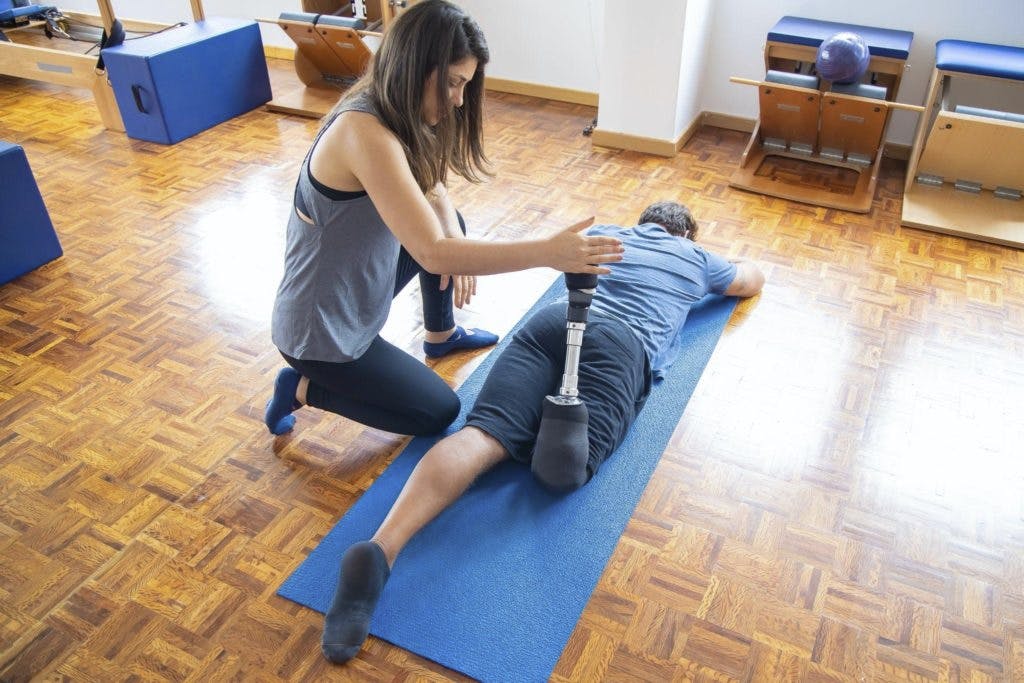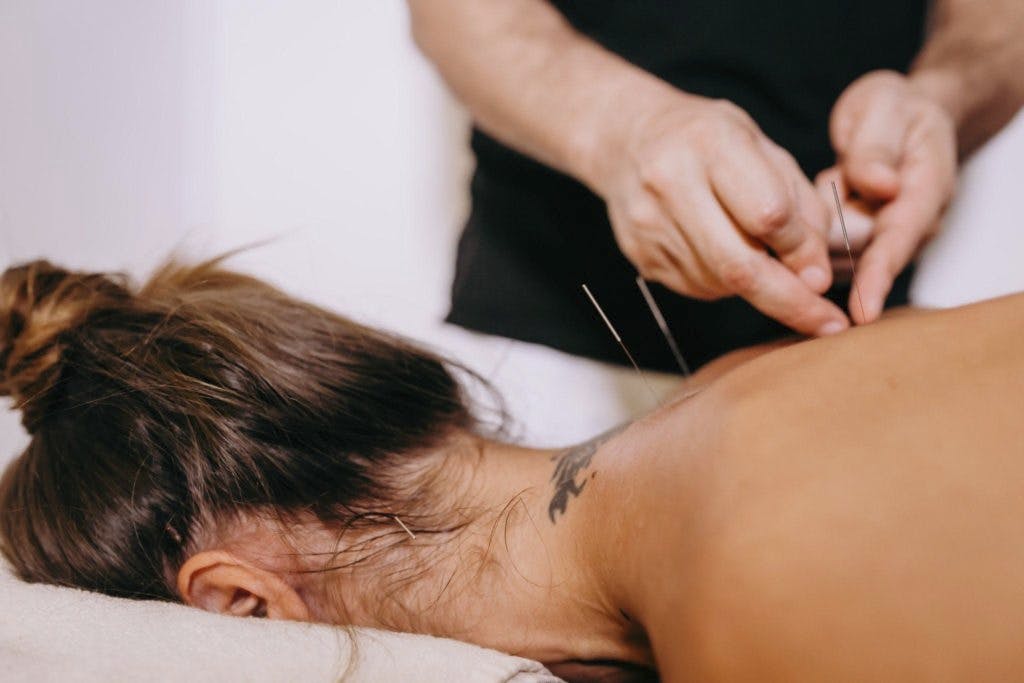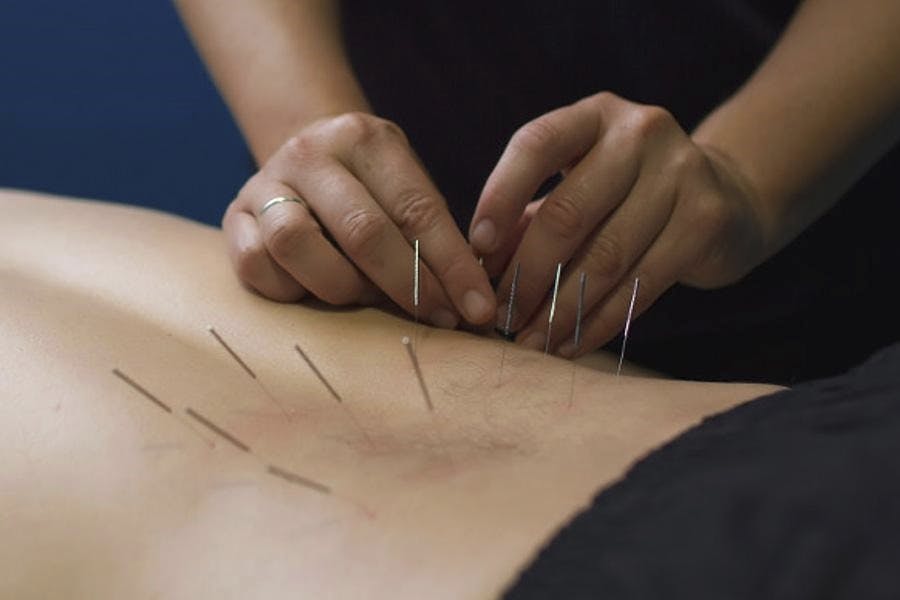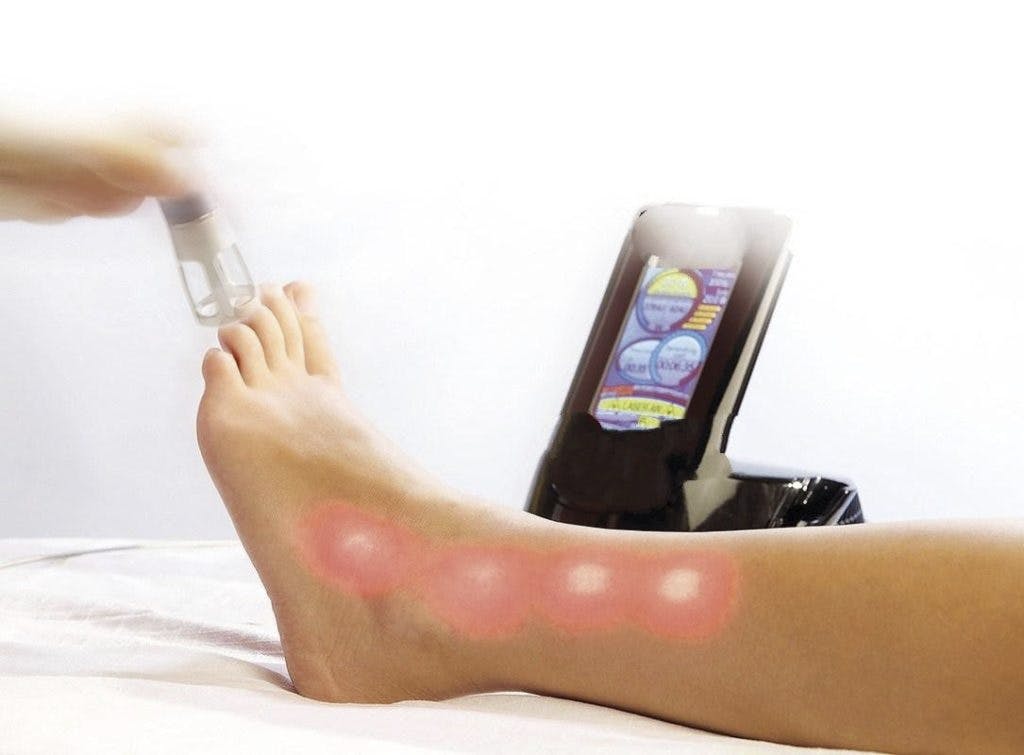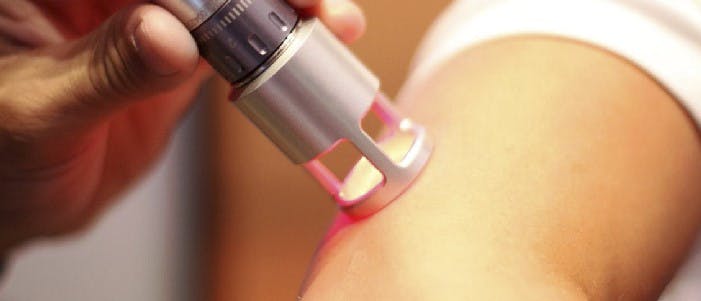If you are pregnant and have been experiencing pain or other physical issues, you may be wondering if prenatal physical therapy can help.
Prenatal physical therapy is a type of care that is specifically designed to help pregnant women manage pain and other physical issues that can occur during pregnancy.
Physical therapists who specialize in this type of care can help women to manage a variety of issues, including back pain, pelvic pain, and other types of discomfort.
Even if you aren’t experiencing any pain you may still benefit from this type of care. Physical therapists can help to improve your overall strength and flexibility, which can make pregnancy and childbirth easier.
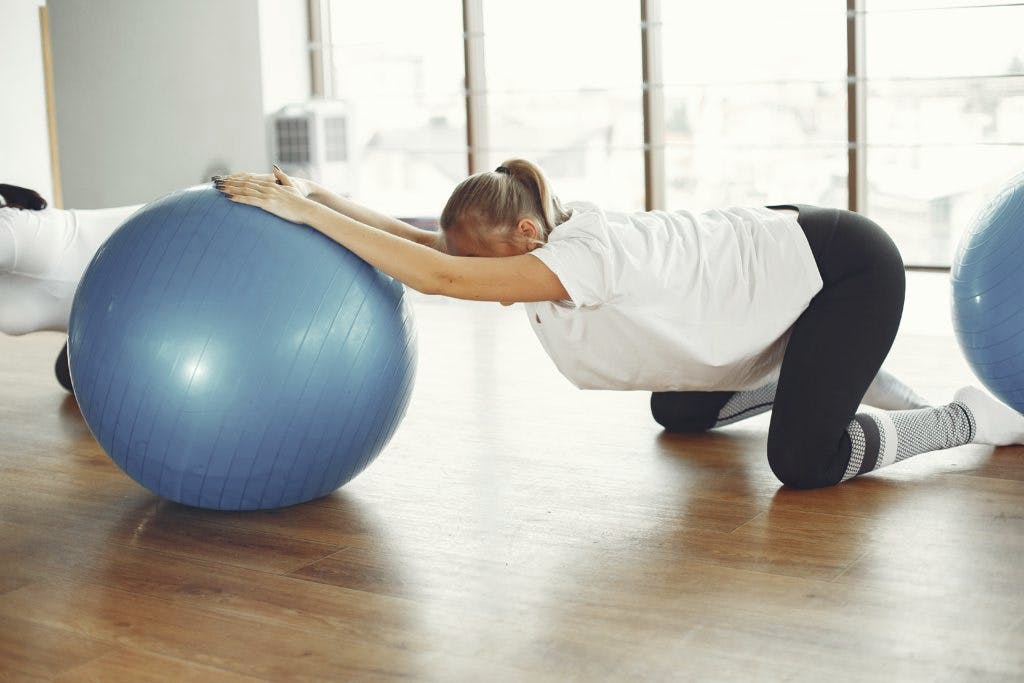
Are you still confused if physical therapy is right for you during pregnancy or postpartum recovery?
Continue reading to find out what a prenatal physical therapist can help with, what a typical PT appointment looks like, and when to avoid physical therapy based on your condition.
What pregnancy symptoms can be treated by prenatal physical therapy?
There are a number of pregnancy-related issues that can be treated by prenatal physical therapy, including:
- Back pain
- Pelvic pain
- Sciatica
- Joint pain
- Muscle cramps
- Fatigue
- Headaches
If you are experiencing any of these symptoms, keep in mind that it is preferable to seek treatment as soon as possible.
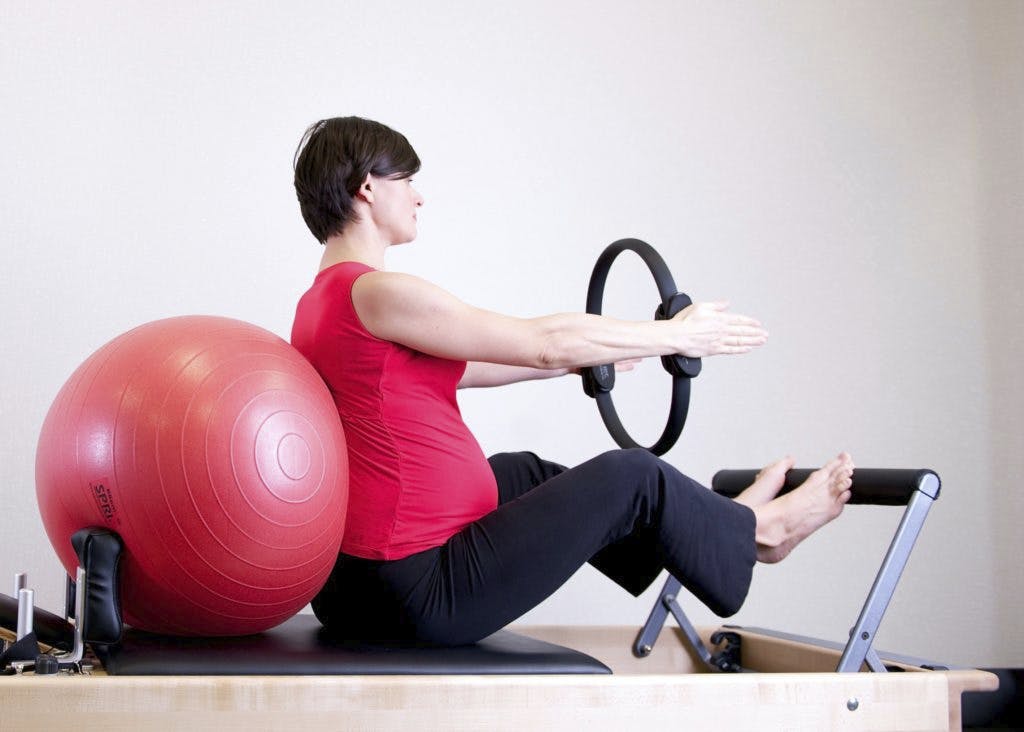
Waiting months or even years can result in longer treatment and recovery times, as well as a higher risk of injury and prolonged discomfort and who wants that?
Best Physical Therapy Exercises for Prenatal and Postpartum deivery:
- Pelvic tilts:
Pelvic tilts are a great way to help relieve lower back pain and improve your posture. To do this exercise, stand with your feet hip-width apart and place your hands on your hips. Slowly tilt your pelvis back and forth, holding each position for a few seconds.
- Hip hinging:
Hip hinging is another great exercise for relieving lower back pain. To do this exercise, stand with your feet hip-width apart and place your hands on your hips. Slowly bend forward at the hips, keeping your back straight. Hold each position for a few seconds.
- Kegels:
Kegels are an important exercise for pregnant and postpartum women. These exercises strengthen the pelvic floor muscles, which can help to prevent incontinence and improve sexual function. To do this exercise, simply contract the muscles around your vagina and anus as if you are trying to stop yourself from urinating. Hold each contraction for a few seconds.
- Pelvic floor squeezes:
Pelvic floor squeezes are another great exercise for strengthening the pelvic floor muscles. To do this exercise, simply contract the muscles around your vagina and anus as if you are trying to stop yourself from urinating. Squeeze and release the muscles several times.
When should you avoid physical therapy?
There are certain conditions that may make physical therapy unsafe for you during pregnancy or postpartum.
If you have any of the following conditions, you should avoid physical therapy:
- Uncontrolled high blood pressure
- Placenta previa
- Preterm labor
- Cervical insufficiency
- Severe oligohydramnios
- Certain types of heart disease
If you are unsure if physical therapy is right for you, be sure to speak with your doctor or prenatal care provider.
What Can I Expect from Prenatal Physical Therapy?
If you decide to seek prenatal physical therapy, you can expect to receive individualized care that is specifically designed to meet your needs.
Your physical therapist will work with you to develop a plan of care that is tailored to your individual needs and goals. This may include a variety of different exercises and stretches that can help to improve your strength, flexibility, and overall well-being.
Final Words:
If you are pregnant and seeking physical therapy, be sure to find a provider who specializes in this type of care. This will ensure that you receive the best possible care and that your individual needs are met.

Austin physical therapy specialists provide the best and experienced physical therapists. If you are looking for Prenatal Physical Therapy in Austin then schedule an appointment today.
We hope you found this information helpful. If you have any questions, please feel free to contact us.
Content provided by: Austin Physical Specialist.

